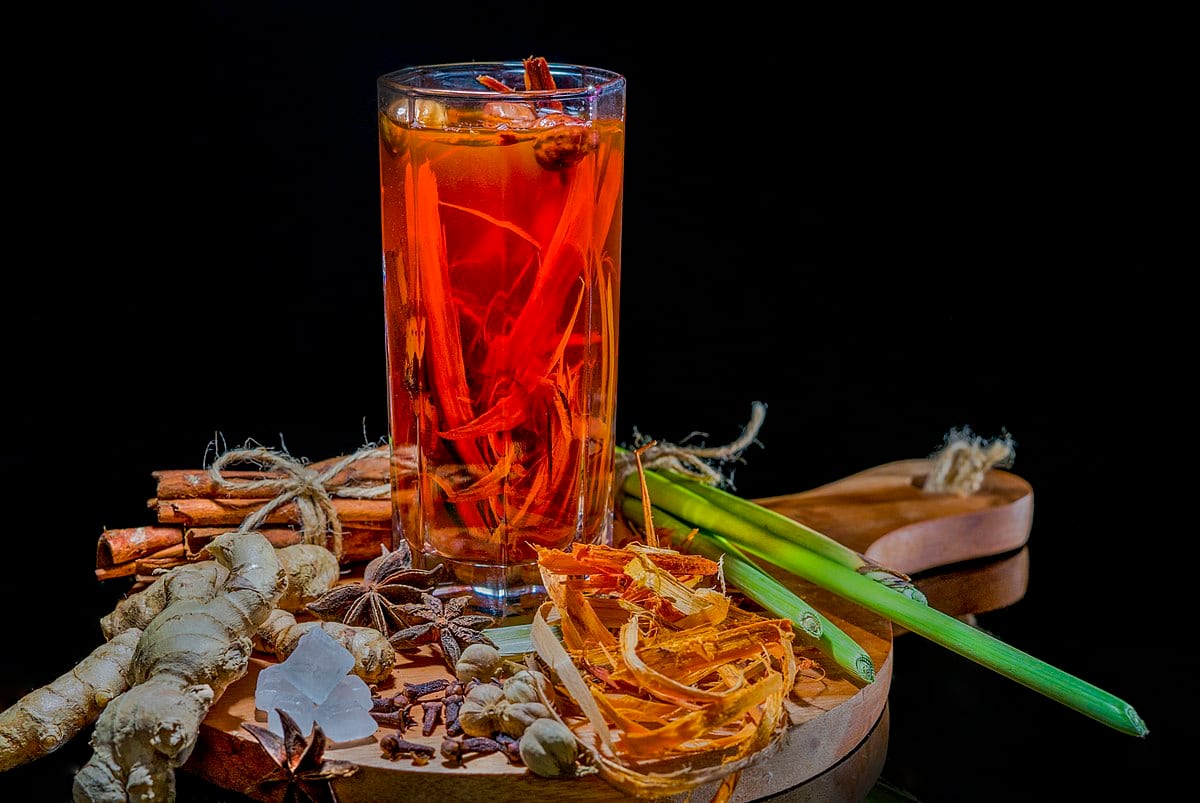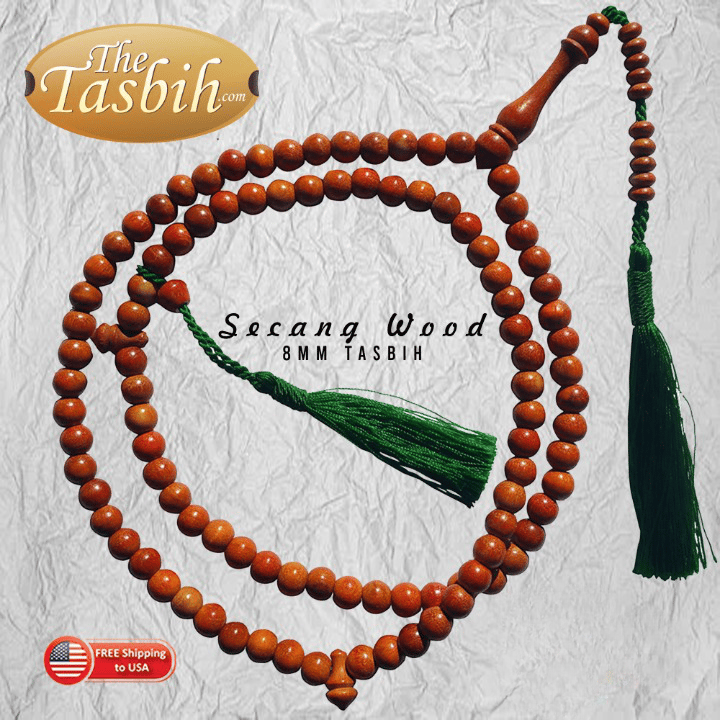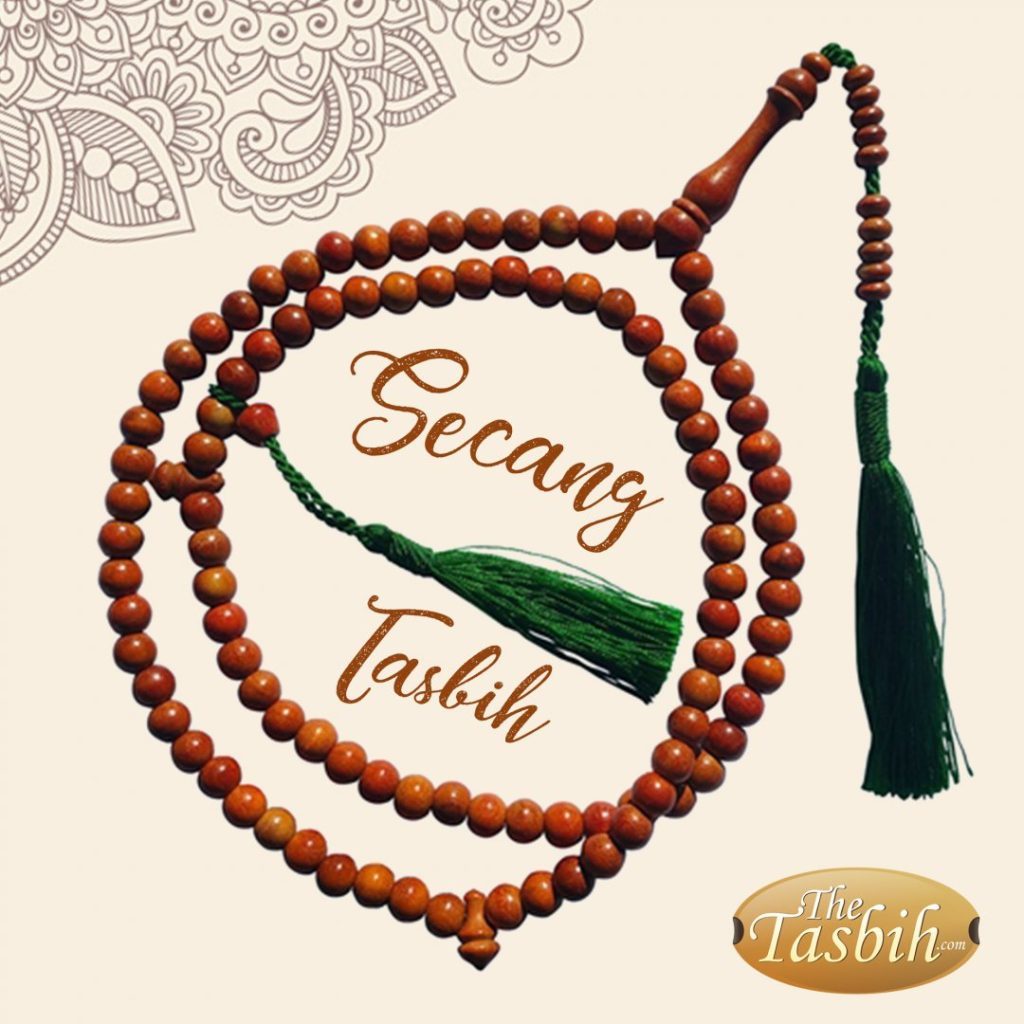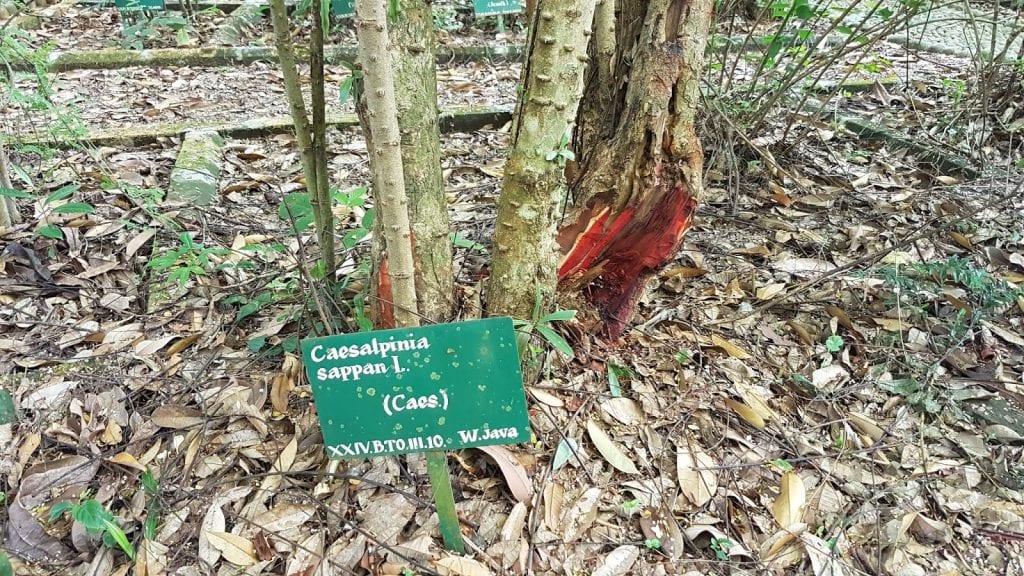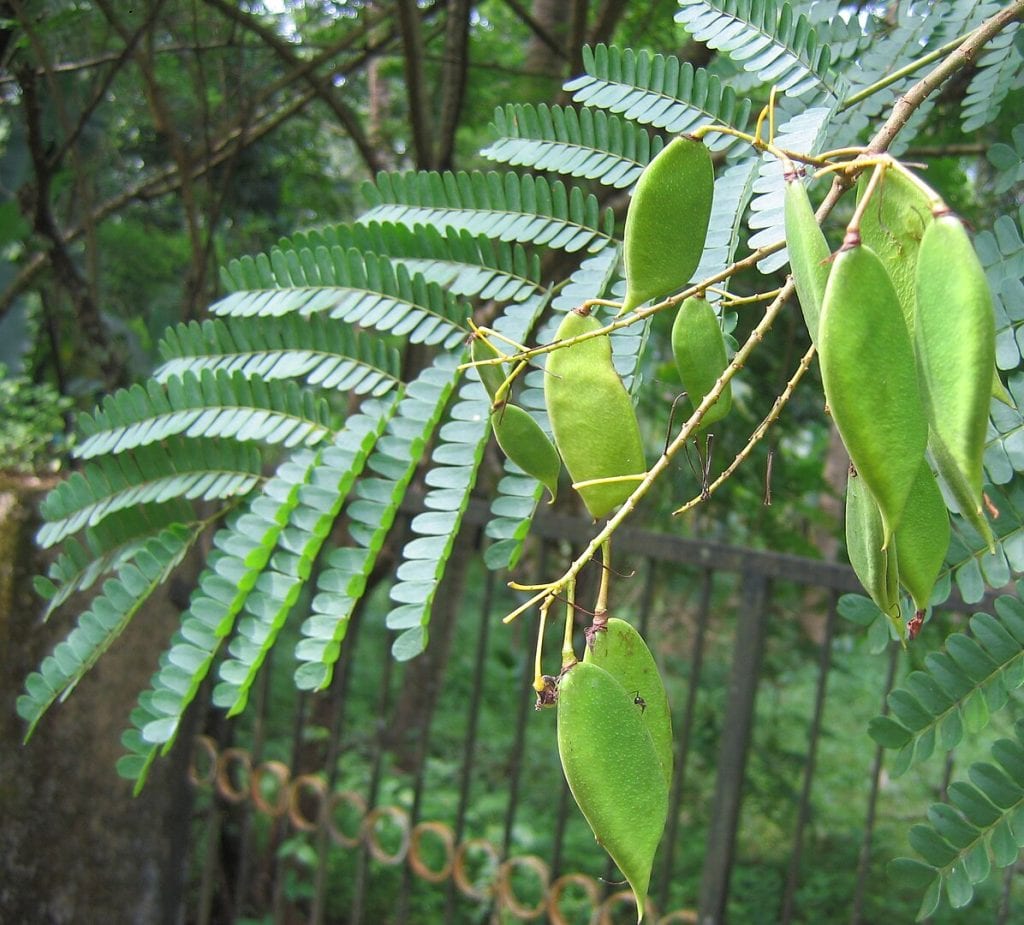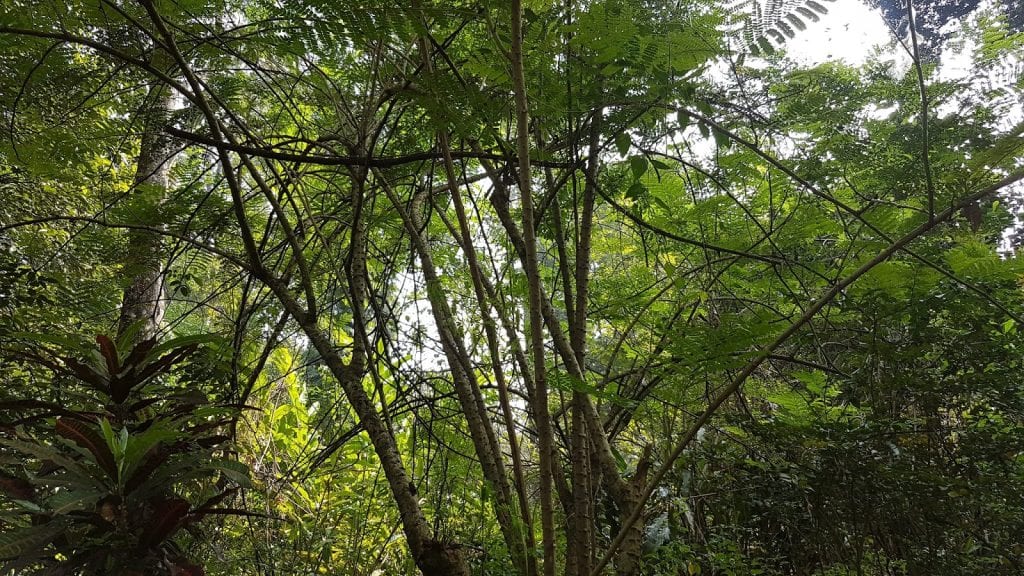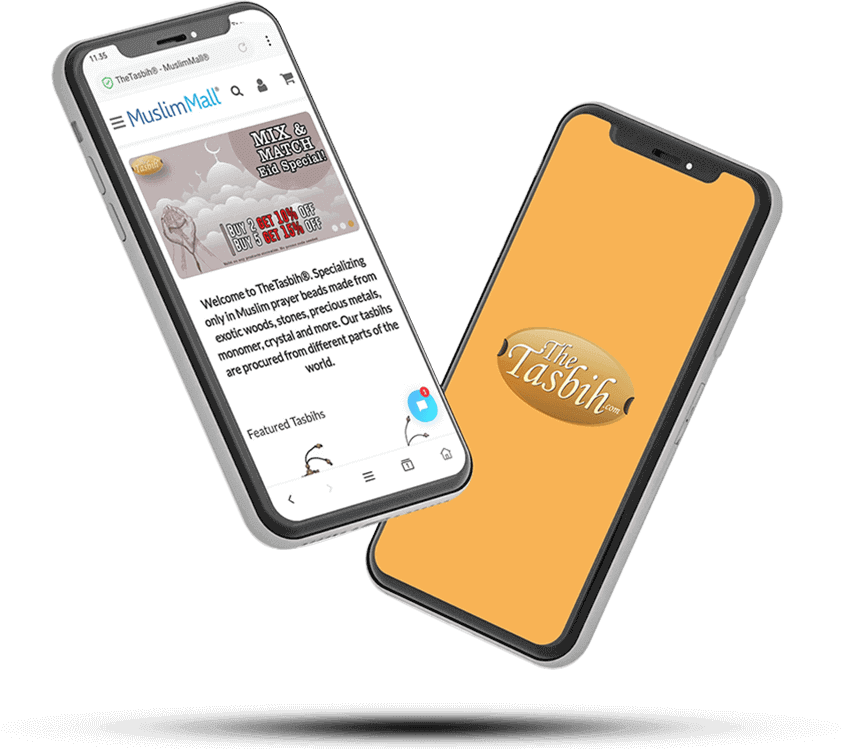In this article, we will be exploring a unique Tasbih made from Indonesian Secang Wood. But before we discuss this beautiful secang wood tasbih, let's take a moment to learn about the tree from which it is made, as well as the history and significance of Secang Wood in Indonesian culture.
Secang, also known as Sappanwood or Indian redwood, is a flowering tree species native to tropical Asia with the Latin name
Biancaea Sappan or
Caesalpinia Sappan. The tree is related to brazilwood and was referred to as brasilwood during the Middle Ages. The secang tree is distinguishable by its numerous thorns, hard and reddish-brown wood, and dark red core. The wood is lighter in color compared to brazilwood and other related trees.
The secang plant has numerous uses and benefits. It possesses antibacterial and anticoagulant properties and produces a valuable reddish dye known as brazilin. The dye is used in the textile industry for fabric dyeing, making red paints and inks. The Secang flower is also known for its use as a spice.
In South Sulawesi, Secang water is a favorite drink among many people in the region, particularly among the Bugis-Soppeng tribe. In fact, the people at that time were so fond of the drink that they started cultivating secang trees on a large scale, leading to the emergence of a region in the Marioriwawo District known as "Ale' Seppang" or "Secang Forest." Secang wood became popular because the addition of secang wood shavings to the drink made it taste fresher, even though the properties of the wood were not yet known at the time.
Today, secang wood is widely known for its natural healing properties, making it a popular ingredient in traditional medicine and supplements. It is commonly used for making traditional herbal drinks like Yogyakarta's famous Wedang Secang and Wedang Uwuh. Both herbal drinks use secang as one of their ingredients. Wedang means "drink" in the Javanese language. Slivers of the secang wood are soaked to produce a flavorful drink that features a blend of natural ingredients such as secang wood, cloves, nutmeg leaves, cinnamon leaves, clove flower stems, ginger root, and rock sugar. The orange-red color of the drink is attributed to the secang wood.
If you ever find yourself in Yogyakarta, be sure to try these traditional herbal drinks, and experience the health benefits and natural flavors for yourself.
Apart from its use in traditional herbal drinks, secang wood is also a popular material for the creation of tasbih prayer beads, which are commonly used by Muslims during their daily prayers. The natural reddish-brown color of secang wood makes it a favorite among craftsmen who create beautiful and unique tasbihs.
TheTasbih offers a unique opportunity for those who are interested in experiencing the fascinating properties of Secang Wood, as part of our exotic wood prayer beads collection. Our limited edition, handcrafted tasbih is made from carefully selected Secang Wood found in Indonesia. This beautiful tasbih features 99 elegant 8mm size beads with a space marker, and a 10-bead counter for extensive repetitions. It is adorned with beautiful green tassels and strung with virtually unbreakable woven green nylon string with a total length of 78cm.
If you want to verify whether the secang wood is genuine, a simple test involves soaking it in mineral water for around 10 minutes. If the wood is authentic, the water will turn a reddish color.
